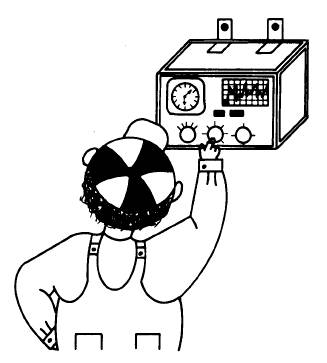Starting and running plate heat exchangers must take into account the following points:
Working pressurePump start-up
Pressure Vibration and Oscillation
Leakage during startup
Dry by airing
Pressure increase and temperature change
Leakage during operation
Long-term cessation of work
Working pressure
There is a nameplate on the fixed clamping plate of plate heat exchanger. The maximum working pressure of plate heat exchanger is indicated in the nameplate and can not exceed the maximum working pressure.Pump start-up
When starting the pump, all other valves should be closed and opened slowly after starting to avoid excessive flow and pressure.Pressure Vibration and Oscillation
Pressure oscillation and oscillation caused by pump or other equipment can not be transmitted to plate heat exchanger. If it is transmitted to plate heat exchanger, plate cracks may occur.
 Leakage during startup
Leakage during startup
Leakages may occur during startup.When gaskets and plates reach operating temperature, the pressure of plate heat exchanger is supplemented, and the leakage will stop.
Dry by airing
Gas in plate heat exchanger reduces heat transfer and increases pressure loss. Therefore, plate heat exchangers must be dried.Pressure increase and temperature change
Pressure and temperature must be controlled during operation.The increase of pressure drop and the decrease of heat transfer efficiency indicate that some sediments are adhering to the plate and must be removed. See page 10 for details on cleaning plate heat exchangers.
Leakage during operation
See Title named troubleshooting


